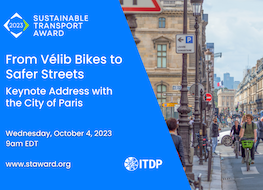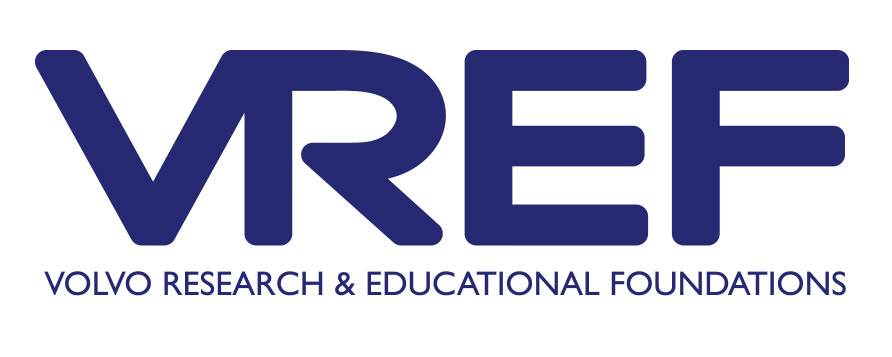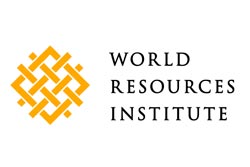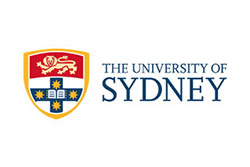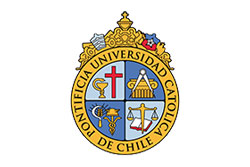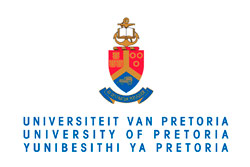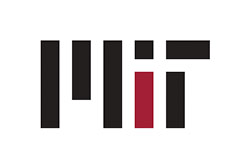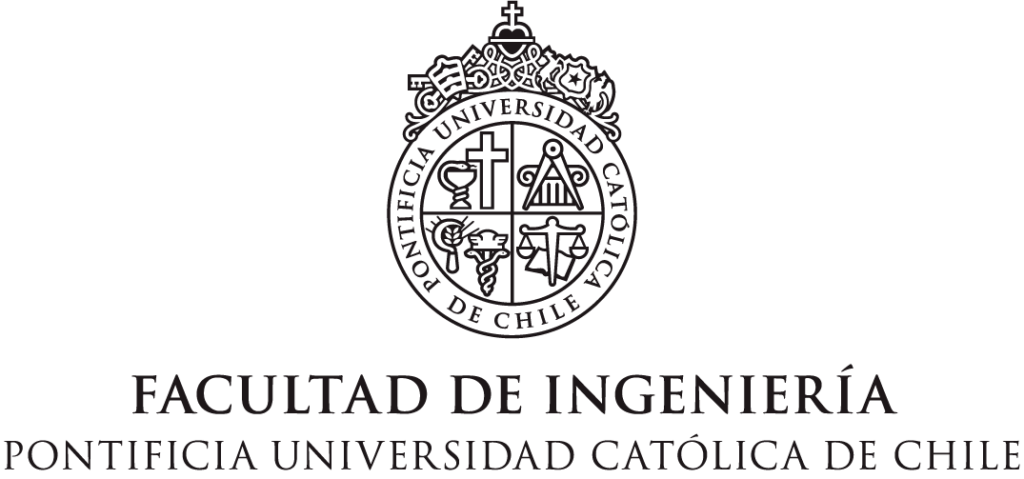We derive values of travel time savings (VOT) for the Madrid–Barcelona corridor, linking the two largest cities in Spain, based on the estimation of discrete choice models among the main public transport services in the corridor: air transport, high speed rail (HSR) and bus. The new HSR alternative (which started to operate in February 2008) competes directly with one of the densest airline domestic markets in the world, and its introduction produced substantial improvements in level of service, achieving reductions in travel time of more than 50% over the conventional train.
A specifically designed revealed preference (RP) survey coupled with highly precise measurements of the level-of-service variables for all alternatives allowed us to estimate progressively more flexible models, the specification of which also considered different interactions of socioeconomic variables (and other important factors affecting mode choice) with the typical level-of-service attributes. We also examined income effect through the introduction of the expenditure rate multiplying all time components. This specification allowed us to analyse the income elasticity of the willingness to pay (WTP) in order to provide useful information to quantify users׳ benefits during the lifespan of a given project.
We found, as expected, that HSR and air transport users exhibit substantially higher values for saving travel time than bus travellers. Also as expected, savings of waiting time are more valued than savings of access time, and the latter more valued than savings of in-vehicle travel time. We were also able to demonstrate the relevance of considering a differentiated analysis for travellers that did not pay for their travel expenses, providing a theoretically sound explanation for the large differences encountered in WTP with respect to other travellers. Finally, the obtaining of the elasticity values for the choice probabilities provided us valuable information to understand competition in this market.



